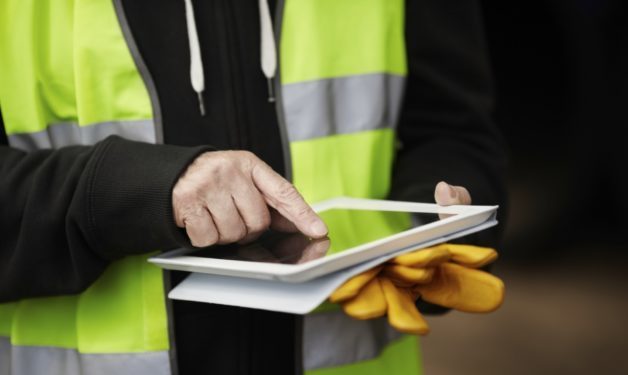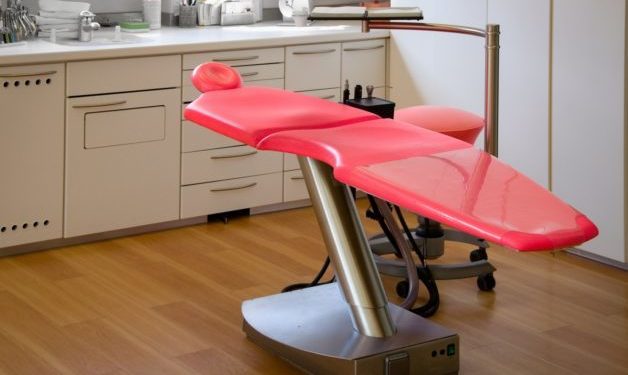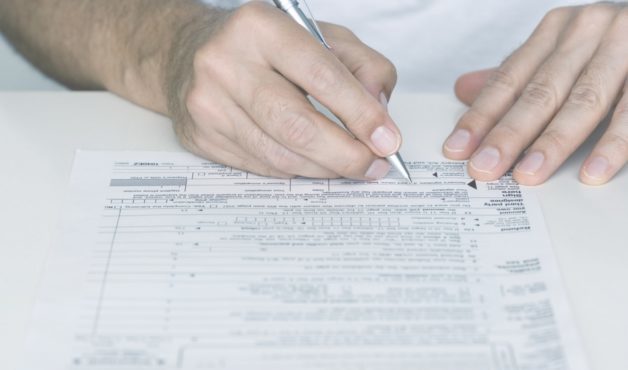Generally, healthcare professionals are not registered for GST/HST due to the fact that the majority, if not all, of their services supplied to their patients are exempt from GST/HST. Changes made back in 2013 caused medical practitioners to have some taxable services, and therefore, there was a need to register for GST/HST. From speaking with practitioners, there still seems to be some misunderstanding of these changes.
Under the provisions in the Excise Tax Act (ETA), services that are provided solely for non-healthcare purposes, even if supplied by healthcare professionals, are not considered to be basic healthcare and are not intended to be eligible for the exemption. For instance, the GST/HST legislation specifies that all supplies for purely cosmetic procedures are a taxable supply, and thus subject to the GST/HST. Given a number of past court cases, the scope of the GST/HST exemption was expanded beyond the original legislative policy intent to limit the GST/HST exemption to basic health care services.
The 2013 Federal Budget provided some clarity in the fact that GST/HST will apply to reports, examinations, and other services that are not performed for the purpose of the protection, maintenance, or restoration of the health of a person or for palliative care. For example, taxable supplies for GST/HST purposes include reports, examinations, and other services performed solely for the purpose of determining liability in a court proceeding or under an insurance policy. They may also include the preparation of back-to-work notes and the completion of disability tax credit forms. Supplies of property and services in respect of a taxable report, examination, or other service would also be taxable.
A report, examination, or other service will continue to be exempt if it is performed for use in the protection, maintenance, or restoration of the health of a person or use in palliative care. As well, reports, examinations, or other services paid for by a provincial or territorial health insurance plan will continue to be exempt.
Overall, what this means is that it is no longer safe to assume that just because a service is provided by a healthcare professional that it will not be subject to GST/HST. If you are a medical practitioner and are providing services that are not direct to your patients, you should discuss all of your revenue streams with your local CPA to ensure you do not have a GST/HST liability. If you need assistance, please don’t hesitate to call a DJB Professional.




